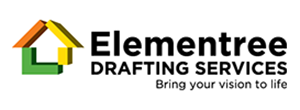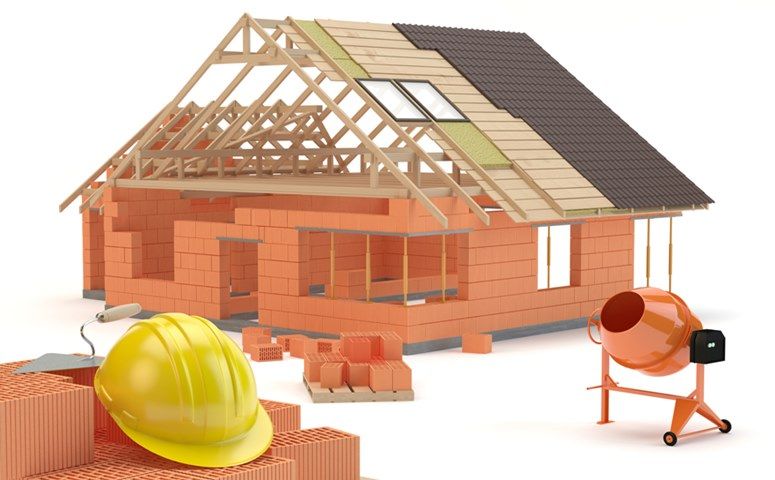9 Materials to Consider When Designing your New Home
The need of the hour is to build homes that are functional and comfortable and ones that will be low-maintenance for the owners. But it’s also important not to lose focus of using building techniques and materials that will not stress the environment. Though many individuals as well as architects and designers make an effort to keep all these factors in view while building homes, it’s not easy to find structures that are perfectly “green”.
It should be understood that if you design your house keeping in mind factors such as the block, climate, lifestyle & budget & if you focus on constructing a perfectly-designed home, you will find that you will be able to get the best results even by using very standard materials and will still have a house that performs optimally in comparison to an average Australian home.
Materials to Use
Apart from this, recycled materials & other non-toxic, reusable & renewable products can also be used. Here are 9 materials to consider when designing your new home:
#1 Concrete
When it comes to creating thermal mass, concrete is an excellent material. It is ideal for passive solar-designed homes. In cool & temperate climates, thermal mass helps in regulating the temperature in a home; it keeps it cool in the summer and warm in the winter
#2 ICF Blocks
This considerably new building system was started when thermacell blocks were launched in the Australian market. Typically, these systems are made of different wall blocks & corner blocks which have been assembled onto a very solid foundation, like footings or a concrete slab and they form a complete wall
#3 Timber
This is one of the most commonly-used materials. It’s strong, flexible, and readily available. As long as it has been sourced reliably, it is a renewable resource. Very basic skills are required in timber work and this makes it a great material option for owners and builders
#4 Mudbrick
As the name suggests these bricks are made of mud. In most instances, they are made on-site from the local soil as long as there is a sufficient amount of clay content. The soil is first mixed with various reinforcing materials (straw, cement etc) and water & pressed into wooden forms; it is then allowed to set. Since these bricks are made from different natural materials they are non-toxic, sustainable, recyclable & a healthy way of building a home
#5 Strawbale
Just like mudbrick, this too is a sustainable choice. It’s made from sustainable, recyclable and non-toxic materials. Rectangular strawbales are first stacked-up to form walls; they are fixed in place with wooden/metal pins & then trimmed & shaped before they are rendered with mud/cement-based renders
#6 Timbercrete
This is a very interesting material- it’s a mix of timber-waste (sawdust) from different sources and concrete. It results in a material which is far lighter than standard solid concrete, but much stronger and with very good insulating capabilities. Certain Timbercrete products are also able to produce walls that have R-ratings of 3.7. This is much higher than many other materials with the exception of strawbale.
#7 Rapidwall
This is a load-bearing system used in wall construction. It uses very large prefabricated panels in assembling inner & outer walls in one shot. These panels are fabricated of fibreglass that is reinforced water-resistant gypsum plaster (moulded to the necessary size). Entire walls can be pre-fabricated & then installed on-site using a crane.
#8 Brick
House bricks made of common clay have a very high thermal mass. They can be used for storing/ absorbing heat; which helps in providing temperature stability and have to be used inside a home
#9 Rammed Earth
These are very different from mud brick; they are a precisely-controlled mix of clay, gravel, cement; and at times waterproofing additives or lime. All these contents are very well-proportioned & mixed and formed into a massive, water-resistant, stone-like wall that is load-bearing & long-lasting
The Benefits of going “Green”
In this respect, the type of materials that you choose for building your home, play a very important role in its long-term sustainability. The material choices you make can impact the amount of energy you save, improve bushfire resilience & enhance comfort. For some of the best “green” building designer services, call Elementree Drafting Services at 1300 566 873. You can also use this contact form to connect with us.
Thanks for reading,
Elementree Drafting Services
1300 566 873


No Comment